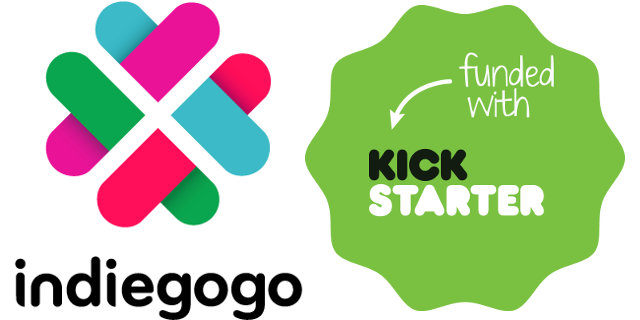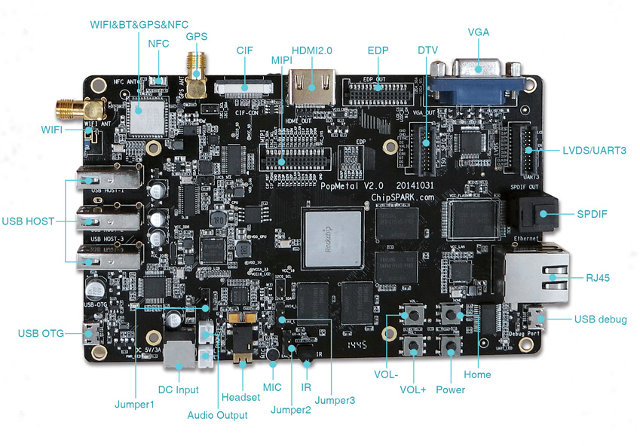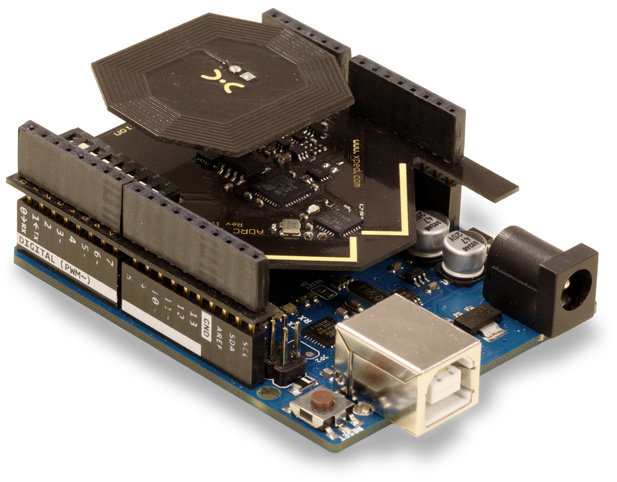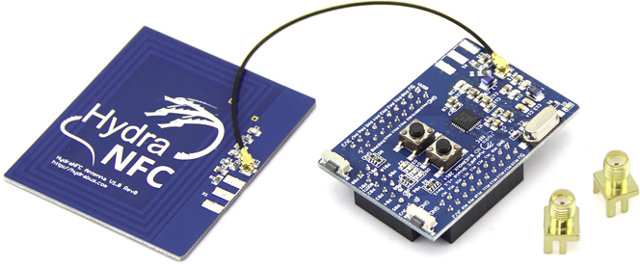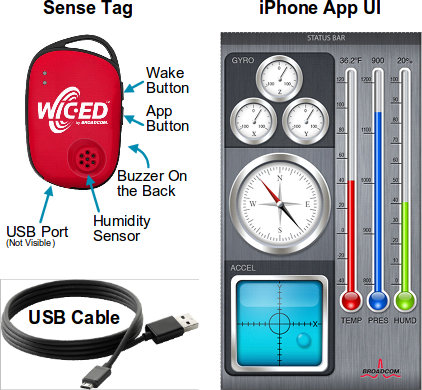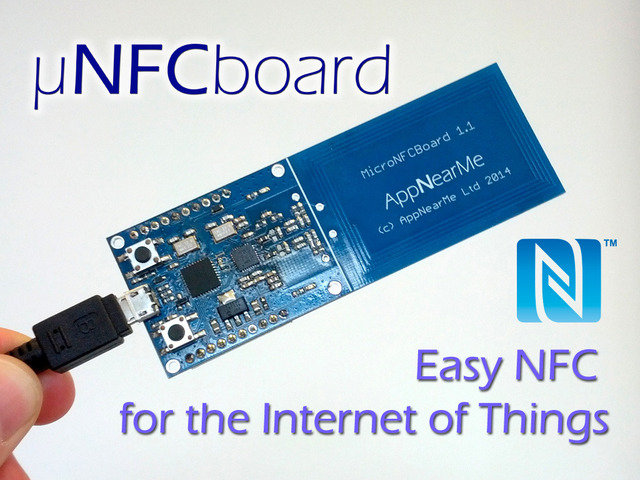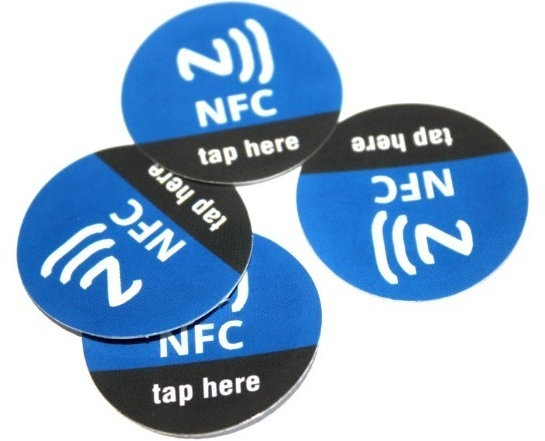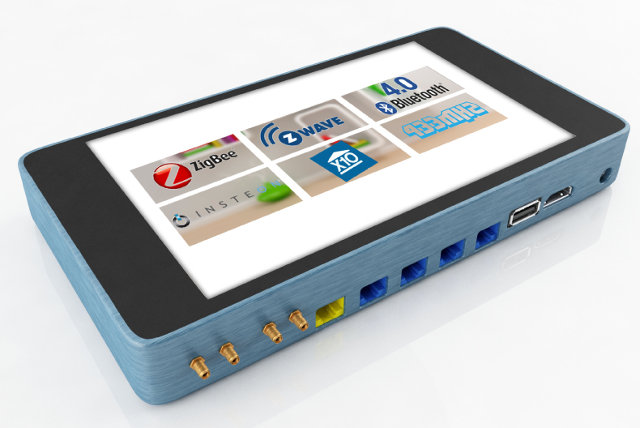Following up on my 2013 Crowdfunding Report, I’ve gone through all 55 Kickstarter and Indiegogo crowdunding projects featured on CNX Software between December 2013 and November 2014 (inclusive) to see how well they fared. The table below sort projects chronologically as they were published on this very blog. Date Project Crowdfunding Site Funded? Pledged amount / Goal Expected Delivery Actual Delivery Comments 2. Dec. 2013 Micro Python Kickstarter Yes 97,803 GBP / 15,000 GBP 03/2014 04/2014 Available @ https://micropython.org/store/#/store 5. Dec. 2013 Plugaway Kickstarter Yes $162,835 AUD / $50,000 AUD 04/2014 – People upset because of lack of updates. Project might be dead, and backers lost their money 6. Dec. 2013 AIRTAME Indiegogo Yes $1,268,332 / $160,000 05/2014 12/2014 People have started received the beta versions, after a massive 8-month delay 7. Dec. 2013 Crystal Board Kickstarter No $14,574 / $200,000 04/2014 – The project appears to be dead 10. […]
PopMetal Rockchip RK3288 Development Board Features Multiple Display Interfaces (HDMI, VGA ,eDP, LVDS, MIPI), GPS and NFC Connectivity
Up to now, we’ve had mainly two development boards based on Rockchip RK3288 Cortex A17 processor: Firefly-RK3288 is a low cost development board powered by Rockchip RK3288 processor selling for as low as $140 shipped, and Radxa Rock 2, a more professional and expansive solution with dual Ethernet, 3G modem and so on. A third RK3288 board has now surfaced which offers a middle ground between Firefly and Radxa boards. PopMetal development board comes with 2GB RAM, 8GB eMMC, 5 video outputs / display interfaces namely HDMI, VGA, embedded DisplayPort (eDP), LVDS, and MIPI DSI, as well as the usual Gigabit Ethernet, Wi-Fi, and Bluetooth connectivity, complemented with GPS and NFC. PopMetal technical specifications: SoC – Rockchip RK3288 quad core ARM Cortex-A17 processor @ 1.8Ghz with ARM Mali-T764 GPU with support for OpenGL ES1.1/2.0/3.0, OpenVG 1.1, OpenCL 1.1, DirectX 11 System memory – 2GB DDR3 Storage – 8 GB eMMC, […]
Connect Objects Wirelessly, and Create User Interfaces Easily With Xped DeB for Arduino (Crowdfunding)
Xped, an australian startup, has designed an ecosystem comprised of an Arduino shield with NFC and 802.15.4 connectivity, a Raspberry Pi Model B+ based gateway, and DeB browser that generates a user interface in Android, iOS, or Linux based on an XML file stored in an Arduino board. This allows to connect various objects wirelessly, with reduced power consumption thanks to 802.15.4, and to create user interfaces easily with a text file located in your Arduino board. ADRC stands for Auto-Discovery Remote Control, and that’s what Xped ADRC Shield allows thanks to the following hardware specifications: MCU – RM Cortex M3 32-bit microcontroller with 256 KB of FLASH memory. NFC – NDEF Type-2 Tag with bi-directional communications capability. NFP proximity communications technology which is similar to NFC but was developed by Xped to use less than 1,000th of the power and provide faster speeds than NFC. It is mainly used […]
HydraBus is an Open Source Hardware STM32 Devkit with Support for NFC via HydraNFC Shield
Recently, I wrote about the public availability of a MicroPython board based on STMicro STM32F4 Cortex M4 support that can easily be programmed with Python. It turns out there’s another STM32 board called HydraBus, also supporting Micro Python firmware, or another embedded firmware based on ChibiOS, together with an optional HydraNFC shield capable of sniffing, reading/writing or emulating any 13.56MHz NFC tags. HydraBus Specifications: MCU – STMicro TM32F405RG micro-controller @ 168 MHz with 1MB flash, 192KB SRAM, and an FPU. External Storage – Micro SD card slot up to 48MHz (~24MB/s) Expansion Headers – 4 headers with access to 44 I/Os (some already used by micro SD and USB 1 & 2). USB – 2x micro USB connector including 1x OTG port, and 1x device/host port, both with ESD protection. Misc – Reset and user button, user LED, Power – 5V via micro USB port. Dimensions – 60mm x […]
Broadcom Introduces WICED Sense Bluetooth Low Energy Development Kit
Broadcom has recently announced a new development board for IoT applications using Bluetooth Low Energy (BLE) called WICED Sense. The kit consists of a “sense tag” powered by the company’s BCM20737S Bluetooth SIP Module with five micro-electromechanical sensors (MEMS), and Bluetooth 4.1 compatible WICED SMART software stack. The key features of WICED Sense devkit are as follows: Broadcom BCM20737 Bluetooth Smart system in package (SiP) module Five low-power MEMS sensors by ST Micro (part of the module): Gyroscope (L3GD20) Accelerometer (LIS3DSH) eCompass (LSM303D) Pressure sensor (LPS25H) Humidity Temperature sensor (HTS221) Bluetooth Smart connection covers distance of roughly 30 meters. USB – 1x micro USB connector to update applications Encryption, decryption, certificate signing, verification and various algorithms for increased privacy Secure Over-the-air (OTA) download capability to enable firmware updates from central device including smartphone, tablet and computers Misc – iBeacon, NFC, Wireless charging (Rezence A4WP) support. Power – Coin-cell battery The […]
$70 MicroNFCBoard Brings NFC Connectivity to Any Board or Device (Crowdfunding)
AppNearMe MicroNFCBoard is a development platform for Near Field Communication (NFC) comprised of an NFC transceiver, an NXP MCU, and all software stack and tools you need for development. This board also exposes various I/Os that allows you to connect to external hardware or devices, and it can be used with an Arduino, Raspberry Pi, mbed or PC/Mac. Let’s go through the board specifications first: MCU – NXP LPC11U34FHN33/421 Cortex M0 MCU @ 48MHz, with 10KB RAM, 48KB FLASH, 4KB EEPROM NFC Transceiver – NXP PN512. Reader/Writer and card operation modes supporting ISO14443A/Mifare and FeliCa schemes. NFCIP-1 mode Splittable antenna USB – 1x micro USB port for power and programming I/O – 20x through holes with access to serial (UART), I2C, SPI, 4x ADC inputs, IRQ, Boot and Reset, and power pins. (2x pin header that you can solder are provided) Misc – Reset and bootloader enable push-buttons, 2x LEDs. […]
NFC Tags Now Sell for Just 50 Cents
Your smartphone’s NFC capabilities don’t have to be used only for payment or marketing purposes, and NFC tags can allow to create some sort of real-life short cuts to do various things by simply tapping your phone on the tag including: Automatically enable and configure Wi-Fi. This can be convenient if you are friend coming to your home, and they can just tap on the tag to get Wi-Fi access without the need to know the password Home automation – You can control items in your home, i.e. turn on/off your computer, lights, doors, etc… with a tag. Virtual Business Card – You can store your contact details in a tag and share your data with others quickly and easily. More use cases can be found on “18 Creative & Useful Ways To Use NFC Tags With Your Smartphone” post on trendblog, and it can even be used as a […]
Soap is a Touchscreen Enabled Router Supporting Gigabit Ethernet and Lots of Wireless Standards (Crowdfunding)
Soap is a strange creature, and I’m not convinced there are that many use cases for such hardware, but I find it interesting that the developers decided to pack a Freescale i.MX6 Solo/Dual or Quad SoC powered Android 4.4 tablet and a router supporting five Gigabit Etherner ports, as well as WiFI 802.11ac, Wi-0Fi 802.11 b/g/n, Zigbee, Z-wave, Bluetooth 4.0 (BLE), Insteon RF, X10, 433Mhz, NFC, and infrared into one and only device which they call an “Intelligent Home Management Hub”. It’s also complete with an HDMI output port so that you can use it as a media player. Let’s go through the specifications for the four version this little monster (Soap Solo, Soap Dual, Soap Quad, and Soap 8.4): SoC Soap Solo – Freescale i.MX6 Solo single ARM Cortex A9 @ 1 GHz with Vivante GC880 3D GPU Soap Dual – Freescale i.MX6 Dual dual ARM Cortex A9 @ […]


